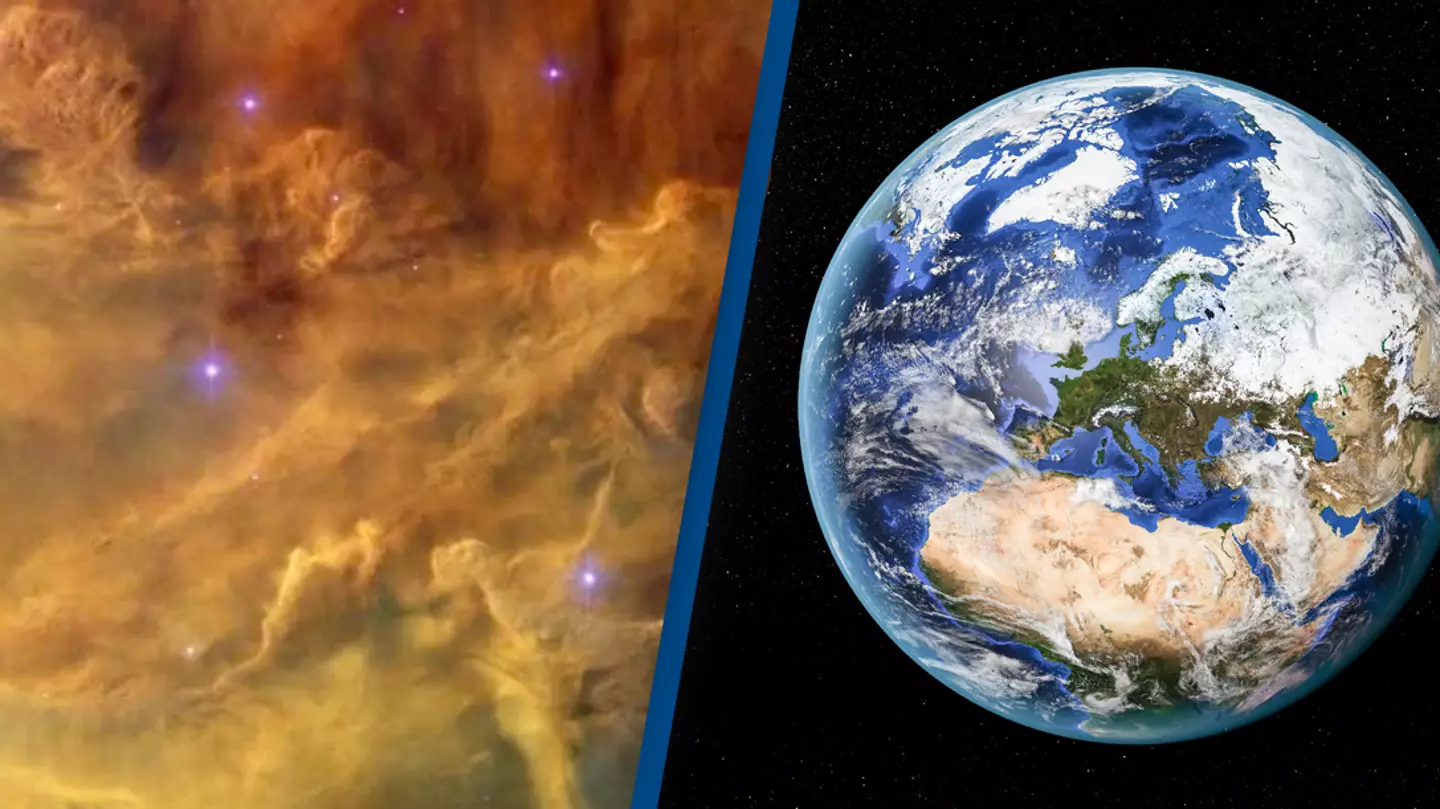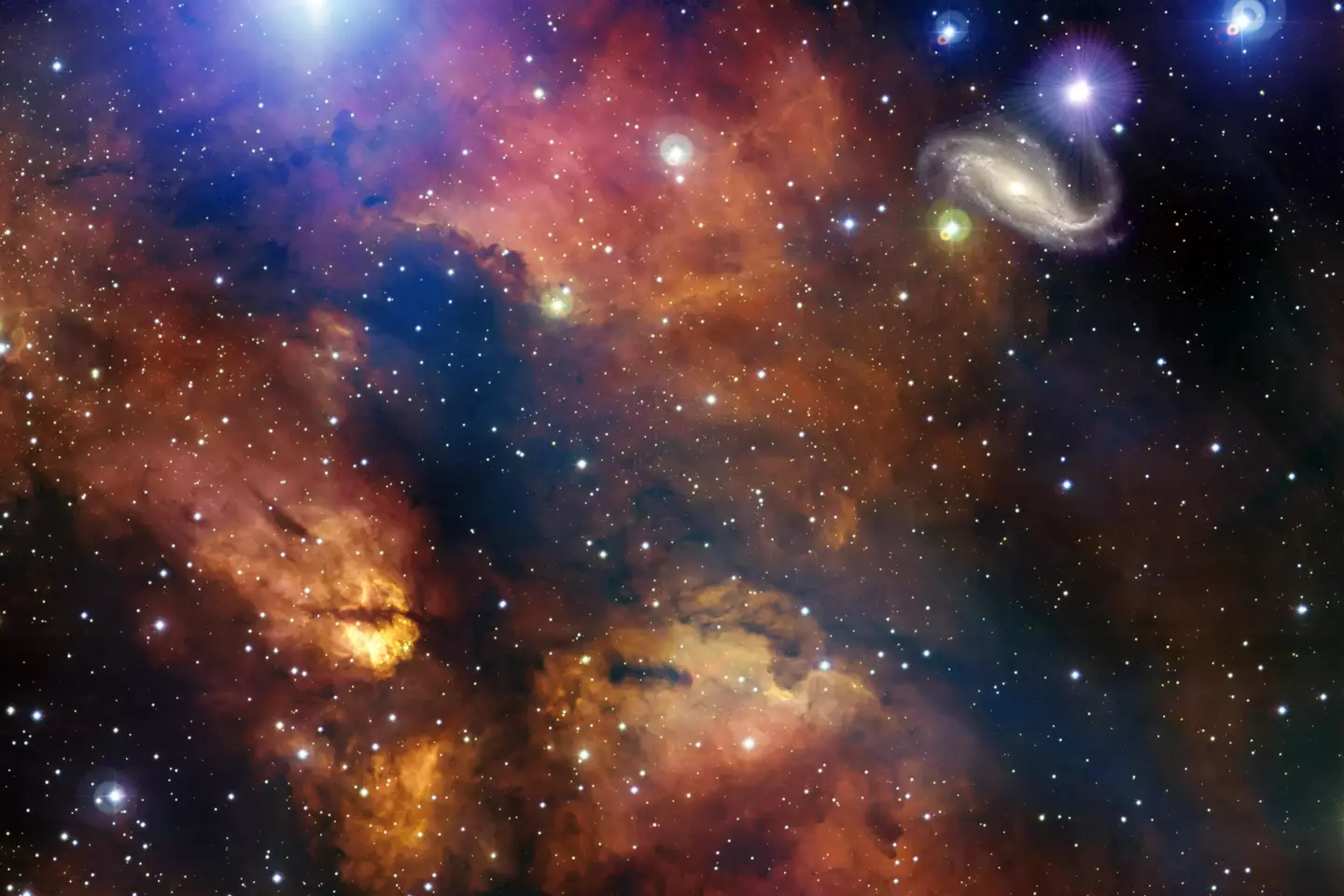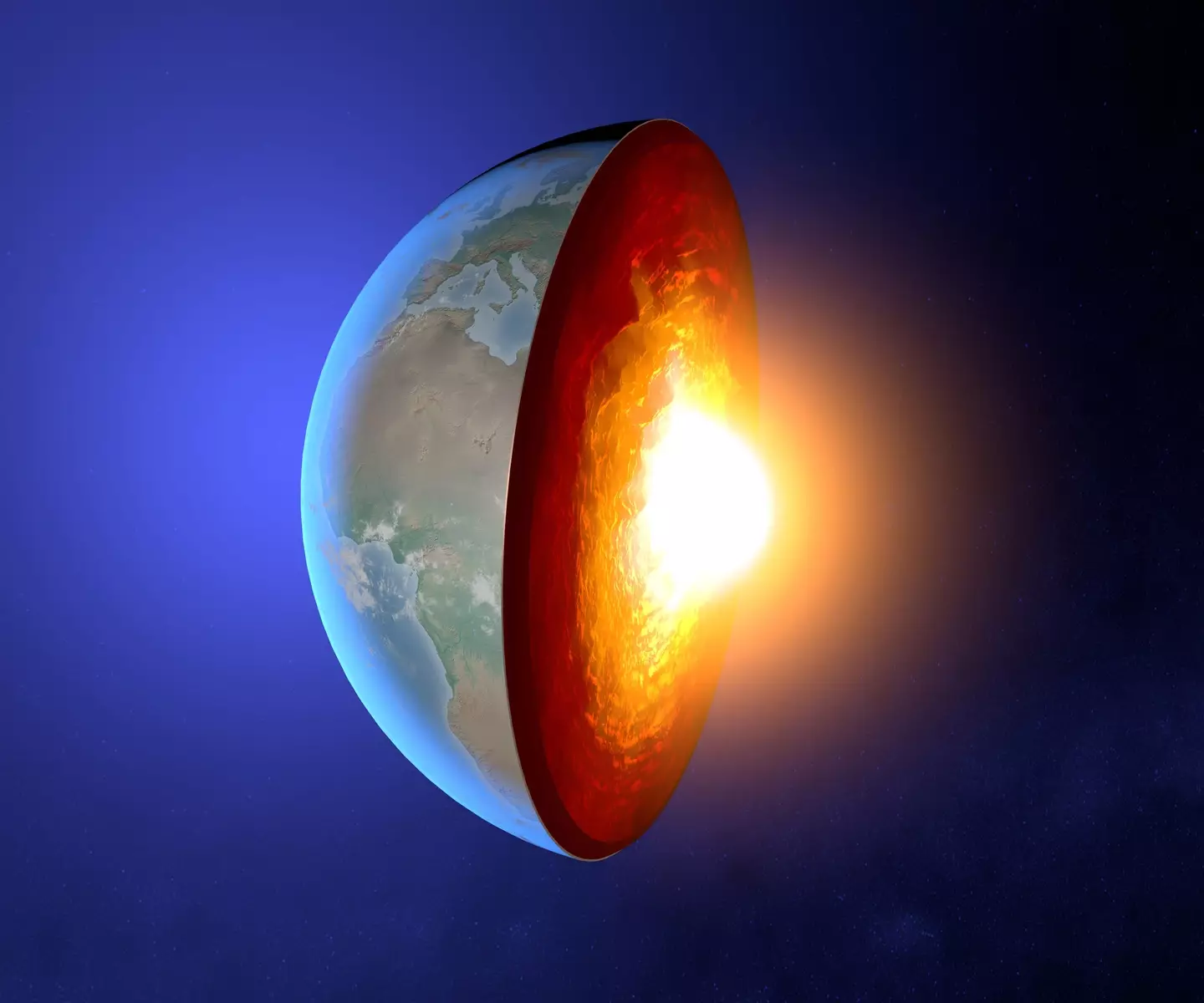
Experts have observed that primordial helium from the time of the Big Bang appears to be leaking from the Earth's core.
But rather than being a cause for concern, the discovery could help answer another great unanswered question about the origin of planet Earth.
In a new study, published by Geochemistry, Geophysics, Geosystems, authors Peter Olson and Zachary Sharp from the University of New Mexico explore the phenomena in detail.
Advert
As part of their investigation, they examined the presence of helium-3 at the surface of Earth to understand its location within the planet - as well the amount that is present.

The study looks at the helium difference in two vitally important stages of the Earth's history - before and after the Big Bang. As they explain, following the hit, the Earth would have lost a great deal of its helium-3 reserves.
"Because the mantle lost most of its helium-3 during and after the catastrophic moon-forming event, the mantle and core are out of equilibrium [with regards] to He-3, with more now in the core," Olson explained to Newsweek.
Advert
"So it leaks back into the mantle, like water leaking from high pressure to low pressure."
This leaking process has been happening precipitously since the Big Bang, according to the pair.
"Each year, about 2 kg of the rare gas helium-3 escapes from Earth's interior, mostly along the mid-ocean ridge system," said the study's summary.

In layman's terms, that is 'about enough to fill a balloon the size of your desk,' according to Olson.
Advert
"It's a wonder of nature, and a clue for the history of the Earth, that there's still a significant amount of this isotope in the interior of the Earth," he added.
The breakthrough discovery of helium being omitted also helps scientists establish whether the Earth was formed inside a solar nebula, rather than on the periphery.
"It's basically an accounting (balance sheet) process," says Olson.
Shortly after the Earth was formed, about 4.5 billion years ago, it was hit by another, Mars-sized primordial planet. This event sent debris out into space, which eventually led to the formation of our moon.
Advert
If you have a story you want to tell, send it to UNILAD via [email protected]
Topics: Space, Technology, Science
